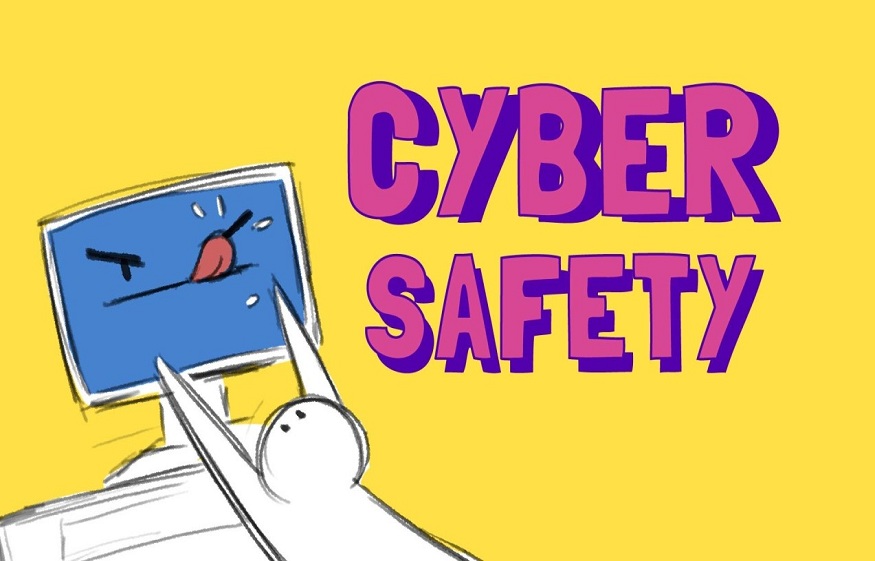The digital age has brought countless conveniences and possibilities right to our fingertips. From online shopping to virtual family gatherings, the internet has reshaped our lives in fundamental ways. But with these digital advantages come risks that, if left unaddressed, could jeopardize our personal and financial safety. Ensuring that every family member understands the significance of cybersecurity awareness is crucial.
Here are five tips for broaching this critical topic with your family.
Choose the Right Setting and Time
- Given the intricacy and importance of the subject, it’s vital to discuss cybersecurity when
- everyone can be fully attentive. A rushed conversation during a family dinner might not be effective.
- Schedule a family meeting: Designate a specific time dedicated to this topic. This highlights its importance and allows everyone to come prepared.
- Comfort is key: Choose a relaxed setting. Whether it’s the living room or around the dining table, make sure everyone feels comfortable to listen, ask questions, and share experiences.
Begin with Personal Stories and Real-life Examples
- Theoretical threats can sometimes feel distant and intangible. But real-life stories can drive home the reality and urgency of cyber threats.
- Share news: Relate recent cybersecurity breaches or hacks from the news. Discussing how these incidents occurred and their aftermath can be an eye-opener.
- Personal anecdotes: If you or someone you know has faced a cyber threat like a phishing scam, share the story. This brings a sense of immediacy and realism to the threat.
- Relate to their interests: If a family member loves online shopping, discuss potential e-commerce scams. Tailoring the conversation makes it more relevant and engaging.
Educate, Don’t Patronize
- Avoid taking a condescending tone, which can be off-putting. Instead, approach the conversation as a mutual learning opportunity. Remember, cybersecurity is a constantly evolving field, and everyone, regardless of age or tech-savviness, can benefit from shared knowledge.
- Interactive learning: Use visuals or conduct live demonstrations. For instance, showing how to spot a phishing email can be more impactful than just explaining it.
- Encourage questions: Ensure that everyone feels free to ask questions, no matter how basic they may seem.
- Collaborate: If younger members are more tech-savvy, allow them to take the lead on certain topics. This fosters mutual respect and can make the information more digestible for older members.
Cover the Basics and Provide Resources
- Ensure that every family member, regardless of their digital proficiency, understands the foundational elements of cybersecurity.
- Strong passwords: Stress the importance of using robust, unique passwords for each account and the benefits of password managers.
- Regular updates: Explain why it’s crucial to update software and apps regularly. These updates often contain security enhancements that protect against new threats.
- Safe browsing habits: Discuss the risks of unknown downloads, unsecured websites (those without ‘https’), and the benefits of using a Virtual Private Network (VPN).
- Provide a go-to list: Compile a list of resources, like trusted websites or hotline numbers, that family members can refer to if they suspect a cyber threat.
Plan for Regular Follow-ups
- Given the dynamic nature of the digital realm, one conversation won’t suffice. Cyber threats evolve, and so should your family’s understanding of them.
- Schedule regular check-ins: Designate times, perhaps quarterly or bi-annually, to revisit the topic. Discuss any new threats and share experiences.
- Stay updated: Encourage family members to subscribe to reliable cybersecurity blogs or newsletters. Sharing articles or updates in a family chat group can also be beneficial.
- Celebrate good habits: Recognize and praise family members when they adopt safe cyber practices. Positive reinforcement can motivate others to follow suit.
In our digital age, cybersecurity is not just a technical concern; it’s a family matter. By fostering an environment of open dialogue, collaboration, and continuous learning, you can ensure that every family member is equipped to navigate the online world safely. Remember, the goal is not to instill fear but to empower and protect.




